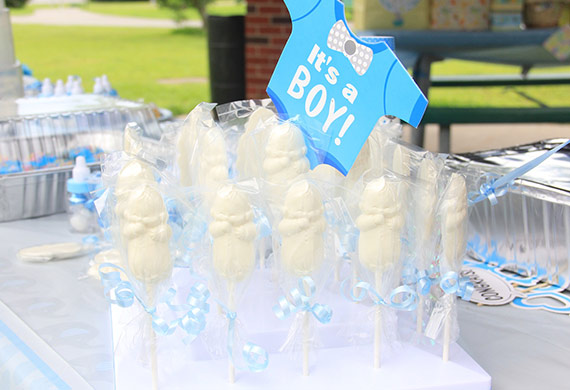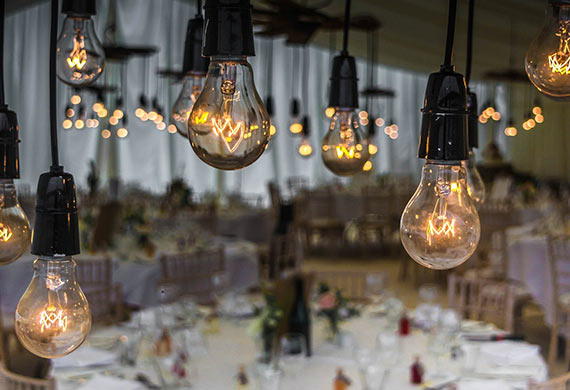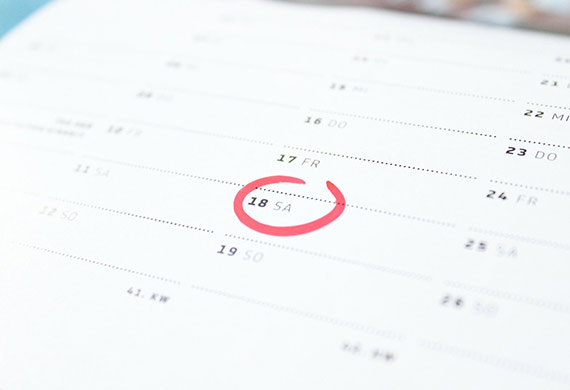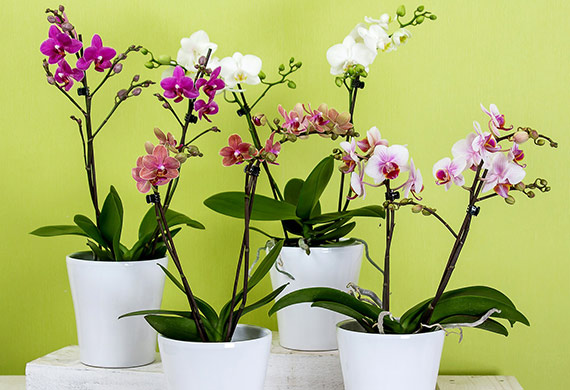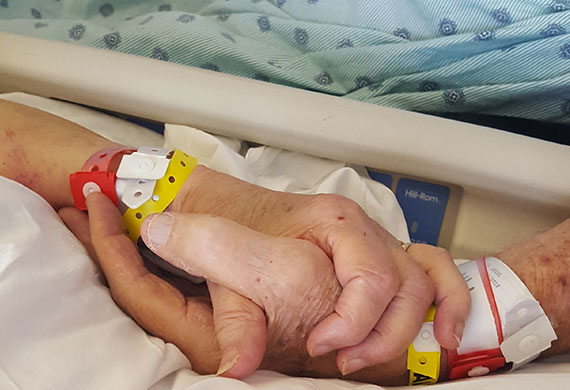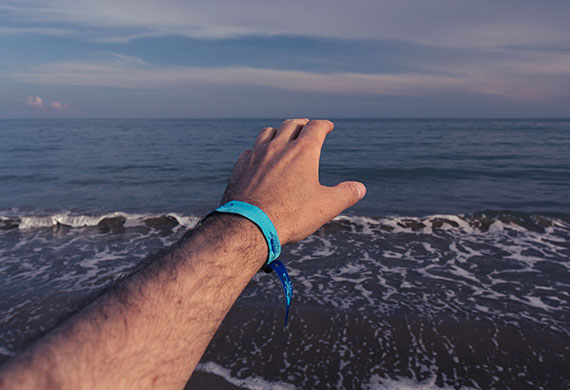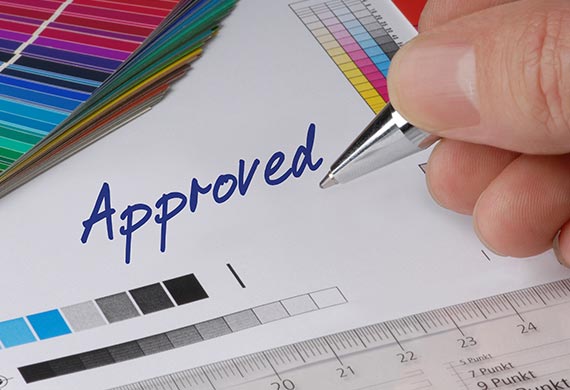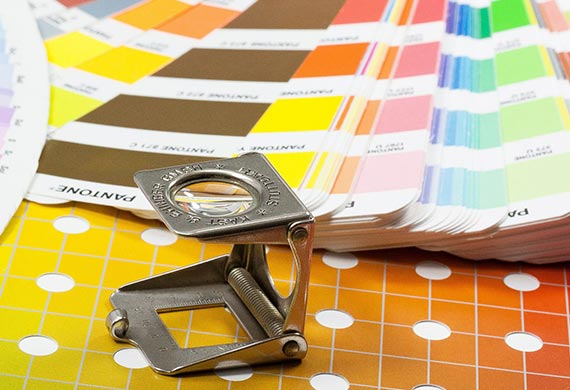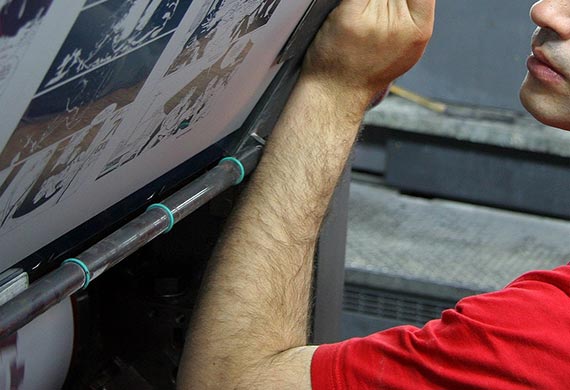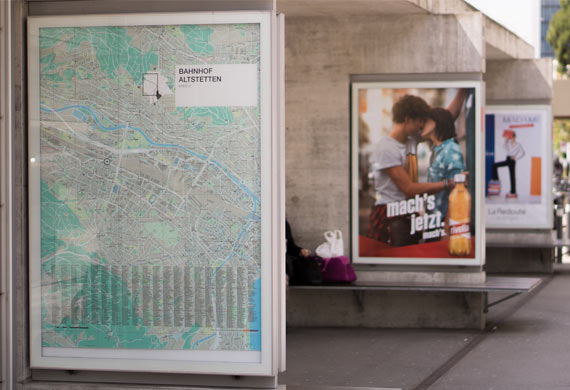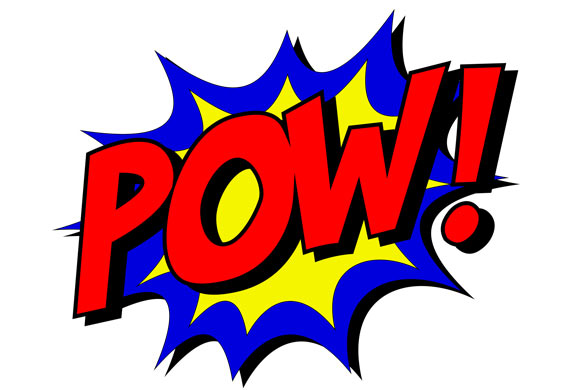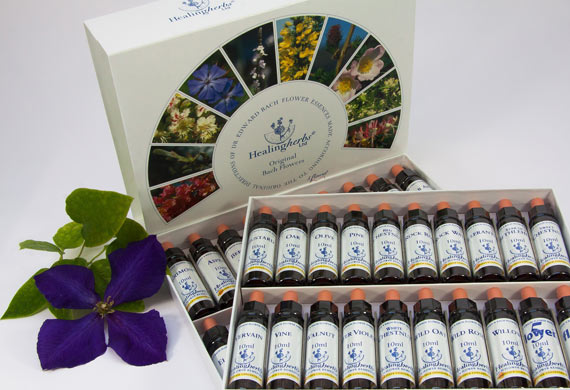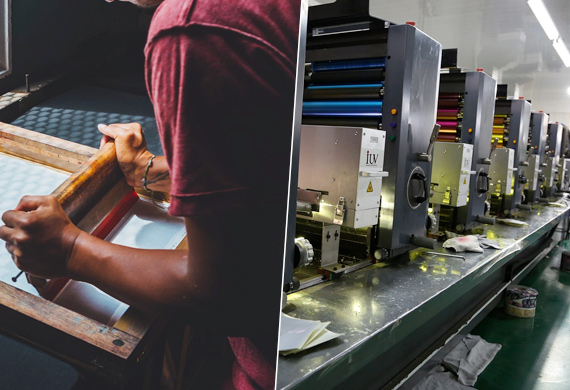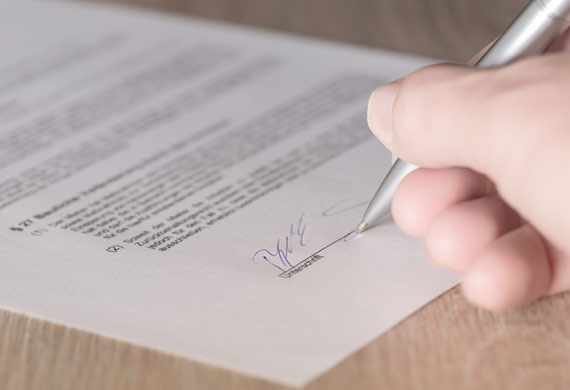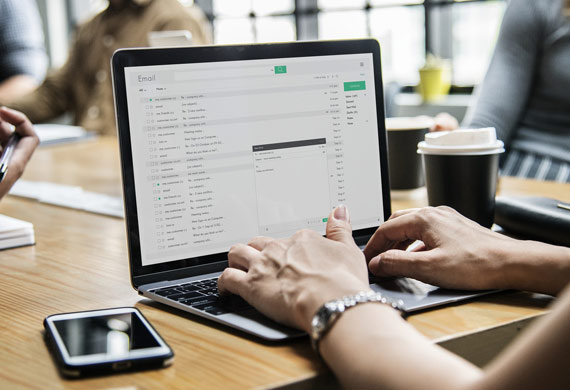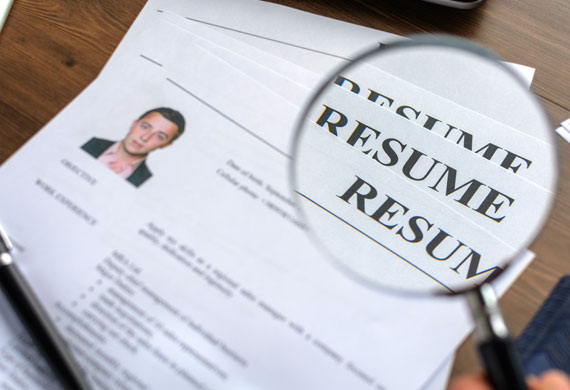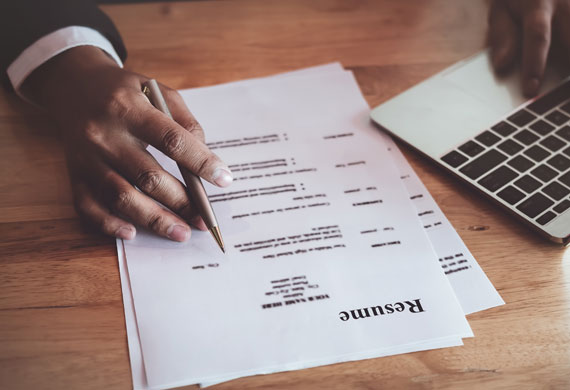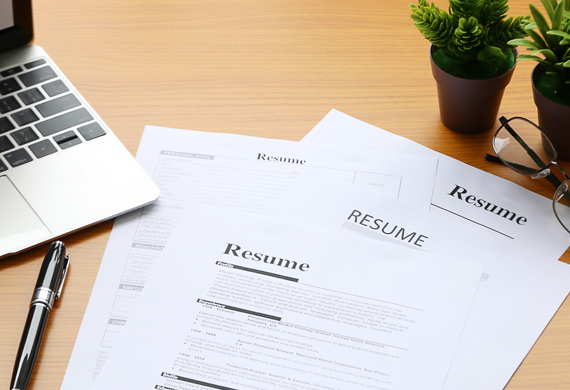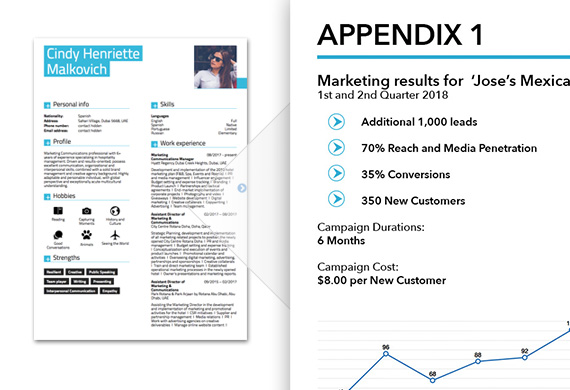Don’t allow a lack of funding to derail or limit the impact of your upcoming event. Businesses and corporations spend billions of dollars sponsoring events every year, and many times all you have to do is know how to ask.

clashgraphics.com gathered the following information and steps on how to successfully ask businesses to sponsor your event.
Step 1 - Define The Pitch for Your Event
The elevator pitch is a two or three sentence concise description of your event, its value proposition, and its demographics. The elevator pitch helps you generate interest in your event with individuals you meet briefly or casually. Your elevator pitch may look like this:
My name is (your name), and I am the lead planner for the (name of the event) event, offering (your audience/demographic) the opportunity to (purpose/goal of the event). Our sponsors include (abc company) and (abc company) attempting to reach (your audience/demographic) to (sponsor’s objective i.e., branding, lead generation, etc.)
Your formal pitch/presentation will look a bit different than the elevator pitch. Here you should offer more detail about your company, the event, and the benefits of sponsoring it, such as:
Introduction - Introduce yourself, your company, and the mission of the event.
Event Information - If this is your first event, you can only speak to possibilities and potential. However, if this is a recurring event, be sure to include:
• When the event started
• Event location
• Number of attendees
• Community impact
• Press coverage
Include any other unique information and facts about your event that create relevance to the business you are soliciting.
Appropriate Sponsorship - Identify and clearly state why the company’s sponsorship is suitable for the event’s mission.
Sponsorship Benefits - Describe in detail what they will get in return for their investment. Provide an outline of the benefits that align with their business goals.
Delivery - When making a pitch, it is absolutely necessary that you:
• Are making your pitch to the right person/people in the correct department(s).
• Know your talking points and can easily convey factual event and business information.
• Walk into the meeting/presentation with enough high quality printed material (presentation folders, booklets, handouts, etc.) for all in attendance.
• Be crystal clear about what you will commit to and deliver it (banner at the event, logo on promo material, inclusion in marketing campaigns, etc.).
• Be willing to listen and be open to modifications. This is a conversation meant to satisfy each other’s business needs.
• Ask for what you need. If you ask for small, you’re going to get small. You only get “big” when you ask “big.” Don’t sell yourself or your event short.
Practicing your pitch will help you make a more dynamic presentation. Pitch your peers, colleagues, family, and friends. Ask for feedback about the content of the pitch and your presentation of it.
Step 2 - Post Your Event to Your Blog
Before you go prospecting for potential sponsors, write an article that covers all of the information you will use in your pitch. If you have pictures and/or videos from previous events, use them to add value to the content.
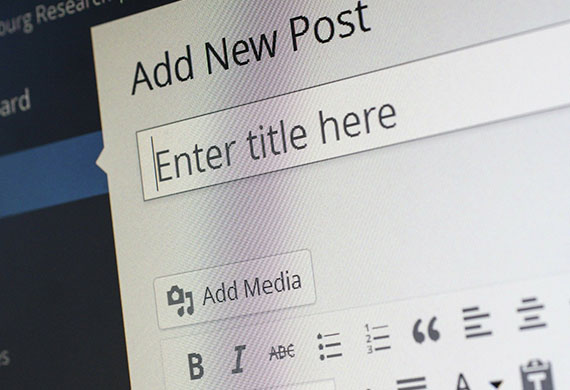
Post the article, with images and videos to your company’s blog and voila, you have added a location that your potential sponsors can visit while learning about you and your company. More importantly, you’ve given your event another layer of validity.
If your company’s website does not have a blog, consider creating an independent website for the event. The team at ClashWeb can get your new website up and running quickly and efficiently. Visit clashweb.com to get started.
As your sponsors confirm their participation, you can syndicate the article to their blog for further exposure and validity.
Step 3 - Define Which Businesses You Want to Sponsor Your Event
Just because a business is popular and has a mega-budget for events like yours doesn’t mean they are an appropriate sponsor.
How would it look if a steakhouse sponsored an event for vegetarian and vegan environmentalists? Here are some questions that should be answered before approaching a company for their sponsorship:
• Will this sponsor hurt our brand?
• What amount are they likely to sponsor financially?
• Which sponsors will help us acquire other sponsors?
• How can this sponsor’s brand help our event and organization recognition?
• Is an in-kind contribution possible?
• Who should I contact from what department?
Seek sponsorship from businesses and corporations aligned with the mission of the event and the core values of your company. Conversion (closing the deal and signing your sponsor) is more likely when their business activities reflect or speak to what your event is about.
Seek local businesses that “give back” to their community, new companies in your area that are looking for more exposure, and national organizations that invest in their local communities. Some national businesses that frequently sponsor local events include:
• Nestle
• Red Bull
• Walmart
• Citibank
• The Home Depot
• JP Morgan Chase
• The Coca-Cola Company
• The Gatorade Company
• Unilever
• IBM
• Wells Fargo
• Mc Donalds

Whatever the size of the company, your contact and effort should be directed at the right person or department. Go to their website to find out who handles donations, community relations, or marketing. Don’t try to sell whoever answers the phone, save your elevator pitch for the people who can “green light” a meeting with their department for the full presentation.
Tip: When seeking multiple sponsors, research events that a company has sponsored in the past to see the companies they co-sponsored with and target them as well.
Step 4 - Close The Deal
Once you have presented your company, the event, and the potential benefits for your prospective sponsor, ask for the sale. It’s as easy as:
“What do you think about our event and sponsorship possibilities?” “Would you be interested in becoming a sponsor?”
There is no wrong answer. If the company decides to sponsor your event, congratulations! Your pitch and presentation were spot on for that company. If the answer is “no,” ask them why. It may be a question of budget, timing, or necessity, and you get to take advantage of some “free” marketing advice with their feedback.
The best closing is the one where you are offering them a way to benefit the most from their investment and relationship. Major brand sponsorship, even in-kind, sends a message of trust to other potential sponsors.

Tip: Enter your negotiations and exit them with grace. Always thank them for their time and their effort. Remember, a “no” this year doesn’t necessarily mean a “no” next year. Now, you have a relationship with the company that you can build on.
How To Get Event Sponsorship
In this article, you discovered information and steps to help you find, approach, and attain sponsorship for your event.
By using a well-structured pitch for your event with relevant companies, you are more likely to attain their trust and sponsorship.
If you seek sponsorship from major corporations and local businesses without first structuring your pitch and approach, you can expect poor results from your lack of effort.
Sources:
trust.guidestar.org/the-ultimate-guide-to-fundraiser-sponsorship
stbaldricks.org/blog/post/how-to-get-local-businesses-to-sponsor-your-event
csun.edu/sites/default/files/11-2-16%20Tony%20DeMaio%20Presentation.pdf
Clash Graphics Print Shop Atlanta Flyer Printing
2233 Peachtree Rd NE Ste 202 Atlanta, GA 30309
(678) 235-3464
To view the original version on Clash Graphics, visit: https://www.clashgraphics.com/printing-tips/how-to-ask-businesses-to-sponsor-your-event/
